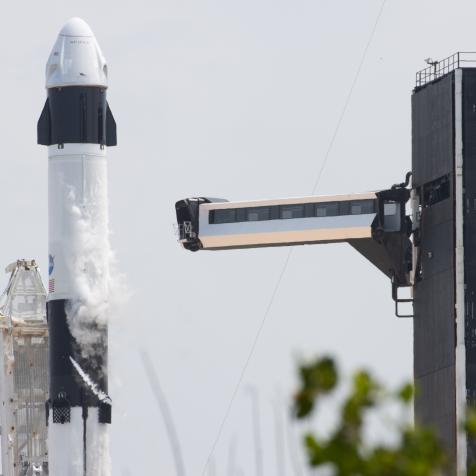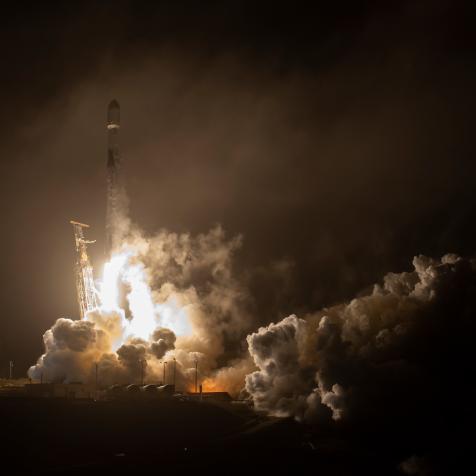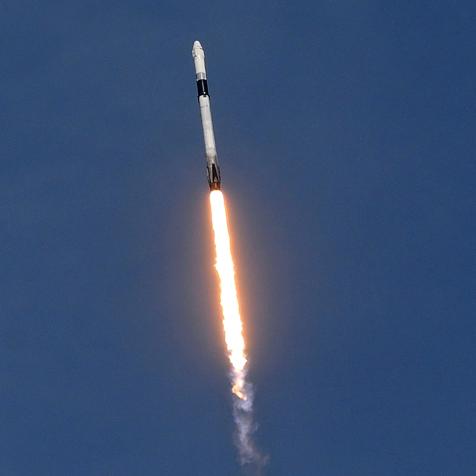
Check Out NASA’s DART Mission

It’s like “Armageddon” but in real life.
Let’s say that tomorrow astronomers discover that an asteroid is headed on a collision course with Earth. What would we possibly do to save ourselves?
The answer is…nothing. Nothing at all. We have no technology available that could build, launch, and deploy quickly enough to deflect an oncoming asteroid.
That is, until now.
Introducing DART, the Double Asteroid Redirect Test mission, brought to us by the good folks at NASA, who are very interested in planetary protection. DART will launch on November 24th, with one single mission: kill.

gribbsp1
Well, maybe not quite kill, but more like redirect.
DART is a relatively simple spacecraft. It contains no scientific payloads. It only has a few instruments (a camera for imaging, a sun sensor, and a star tracker) to aid in navigation. It will use solar panels to power an ion drive to help it accelerate to its destination. Its target is the asteroid 65803 Didymos. Didymos is about half a mile across, and spends most of its life just outside the orbit of the Earth.
But sometimes Didymos – together with its small moon Dimorphos – intersect the orbit of the Earth, putting it on the official NASA list of “I’m watching you” potential hazards. If Didymos struck the Earth, it wouldn’t quite be an extinction-level event (that takes a rock a few miles across to accomplish), but it certainly wouldn’t be a good day. Or century.
Here’s how the mission will work. DART will accelerate towards Didymos, eventually reaching it in October of 2022. And then it will slam head-on into the asteroid. The end.

gribbsp1
Didymos is the size of a small mountain. DART is…not. How is this supposed to work?
DART is expected to only change the velocity of Didymos by a tiny, tiny amount, like a fly slamming into the side of a truck. But in space, this actually works. Right now, Didymos is classified as potentially hazardous, because it might someday strike the Earth. But if we change the velocity of Didymos just a tiny bit, then over the course of years and even centuries it will end up in a completely different orbit…hopefully one that doesn’t include Earth in its crosshairs.
Behind the Scenes: The Making of DART
NASA is shooting a rocket at an asteroid and we don’t want to miss it 10 Photos
DART, or Double Asteroid Redirection Test, is a mission to test NASA's asteroid deflection technology should the need ever arise. In the first-ever space mission of its kind, the spacecraft will launch on the SpaceX Falcon 9 Rocket out of Vandenberg Space Force Base in California. Go behind the scenes of the making of DART with our favorite photos.
Don’t worry, NASA did the math, and there’s no way that DART will make Didymos angry and send it barreling straight for us.
This mission is just a test, to see if this strategy can significantly alter the trajectory of an asteroid. If we see a hazardous asteroid soon enough, we could launch a spacecraft like DART at it to nudge it off course. If this test doesn’t work, it means we have to come up with new techniques to prevent catastrophe.
Bruce Willis was unavailable for comment.
Dive Deeper into the Cosmos
Journey Through the Cosmos in an All-New Season of How the Universe Works
The new season premieres on Science Channel and streams on discovery+.





















